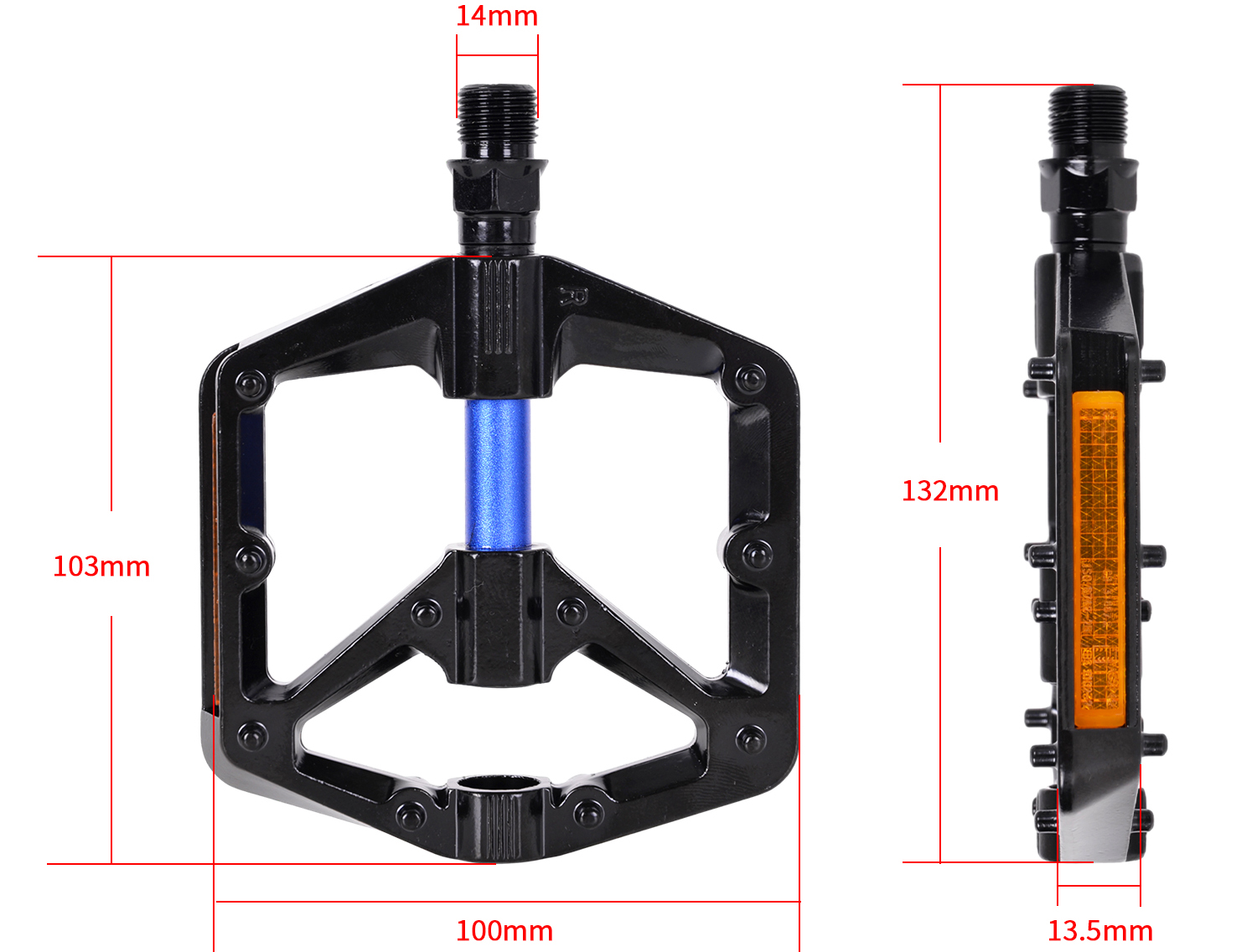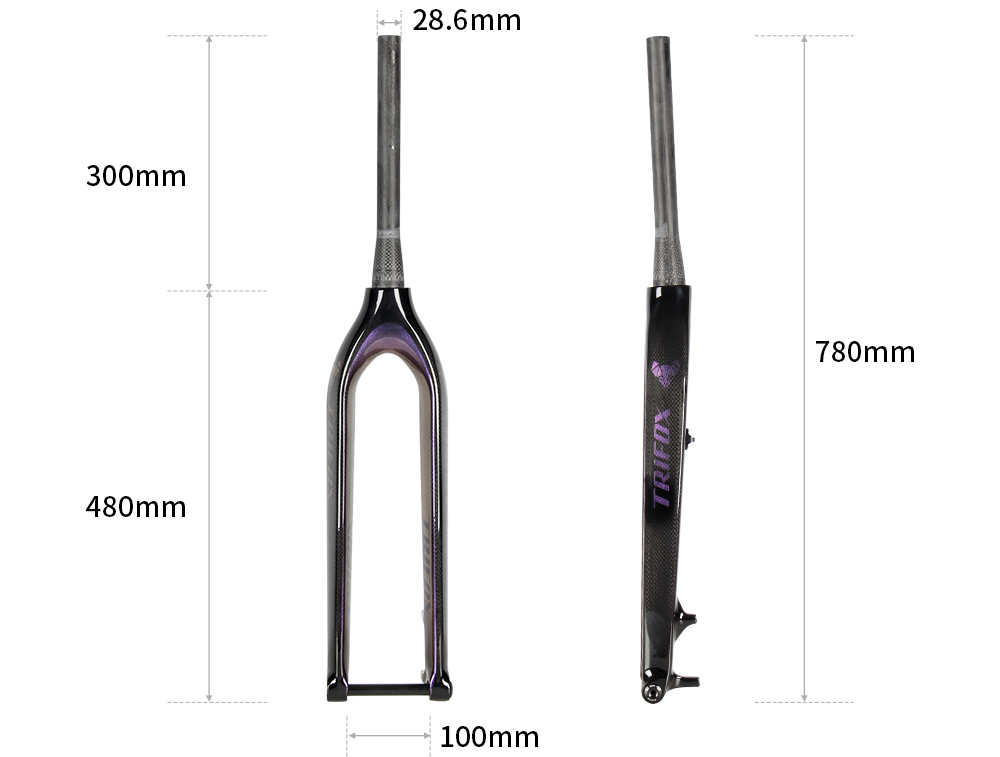Mountain biking is a thrilling experience that requires durability and reliability. The performance of your mountain bike is directly proportional to the strength of its frame. Choosing the right mountain bike frame can be a daunting task, but you don’t have to worry about it.
In this post, we'll guide you through everything you need to know about mountain bike frames to make the selection process much easier.
Frame Material: Choosing the right material for your mountain bike frame is crucial. The most common materials for frames are aluminum, carbon fiber, steel, and titanium. Aluminum frames are lightweight yet sturdy making them suitable for all types of terrain.
Carbon fiber frames offer maximum rigidity and are ideal for steep descents. Steel bikes, on the other hand, offer the most comfortable ride but are heavier compared to other materials. Lastly, titanium frames are light and durable but come with a hefty price tag.
Suspension: Mountain bike frames come with either a hardtail or full suspension. Hardtail frames only have a suspension fork on the front while full suspension frames have a suspension fork on both the front and rear. Full suspension frames are ideal for rough terrains as they provide maximum shock absorption. Hardtail bikes are lighter and suitable for smoother terrains.
Geometry: The geometry of a mountain bike frame is crucial to its overall performance. The geometry of a frame refers to the angles of the head, seat, and tubes. The head angle determines the steering precision, while the seat angle affects the comfort of the ride. For aggressive trails, a slacker head angle is suitable while for leisurely rides, a steeper head angle is better.
Wheel Size: Mountain bike frames come in three wheel sizes; 26”, 27.5”, and 29”. The size you choose depends on the terrain you’ll be riding on. 26” wheels provide excellent handling and acceleration, making them ideal for short-travel bikes. 27.5” wheels are suitable for both short and long-travel bikes. For long-travel bikes, 29” wheels are the most suitable as they provide excellent traction and stability.
Frame size: Lastly, the size of the frame is crucial to the overall comfort of your ride. The size of the frame depends on your height, inseam, and riding style. For aggressive trails, a smaller frame is suitable as it provides more maneuverability. Longer frames are more stable, making them suitable for leisurely rides.

Conclusion: In conclusion, choosing the right mountain bike frame can be overwhelming, but with the right information, it can be a walk in the park. We’ve explained the different materials, suspension types, geometry, wheel sizes, and frame sizes that you can choose from to make the process easier. So whether you’re a beginner or a pro mountain biker, you now have all the information you need to choose the best frame for you. Happy mountain biking!




















































































